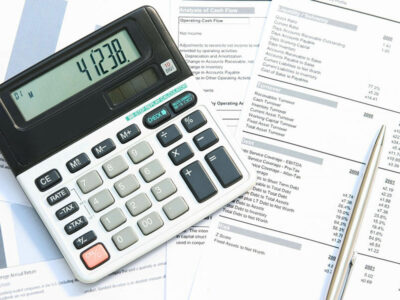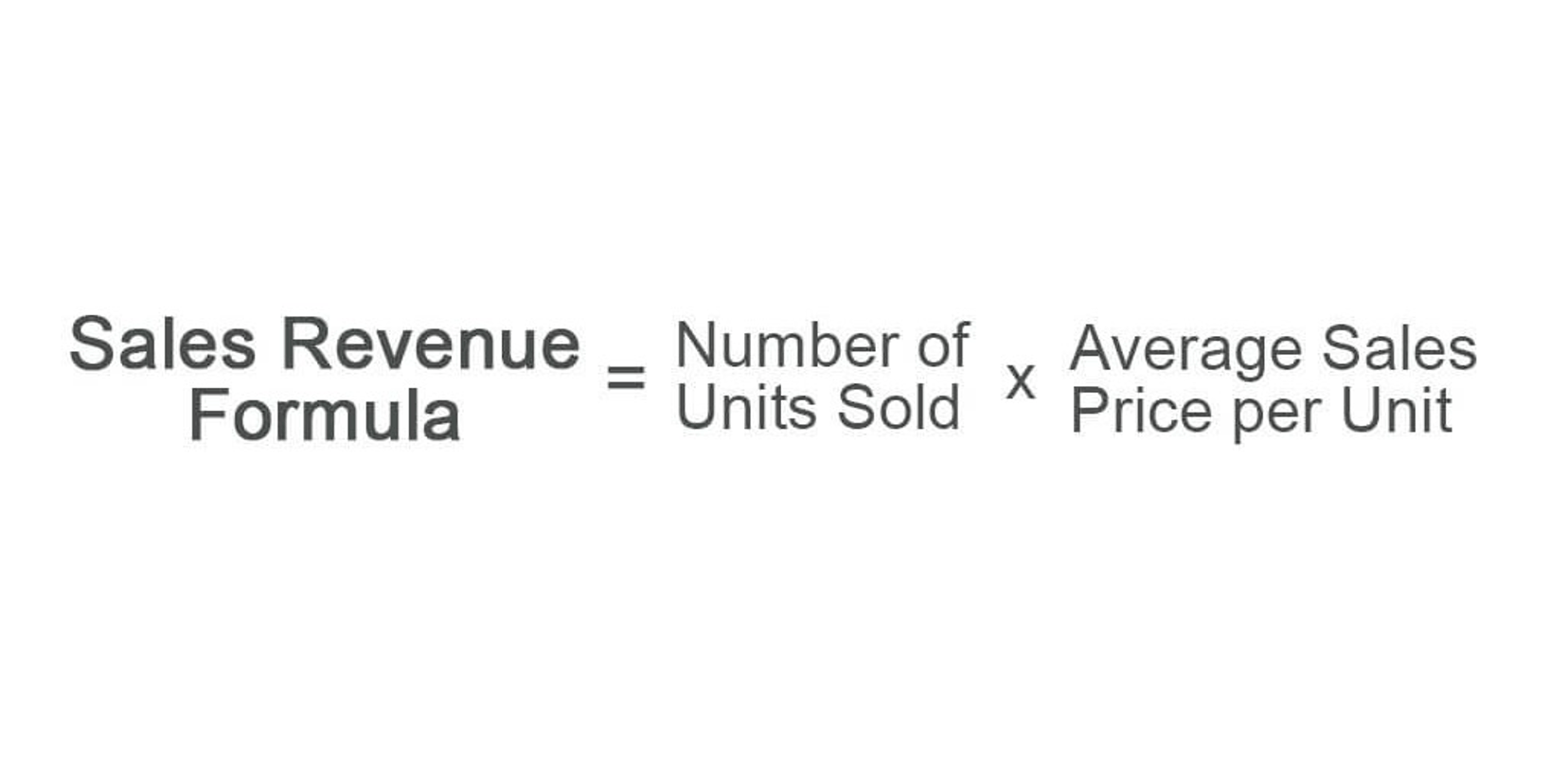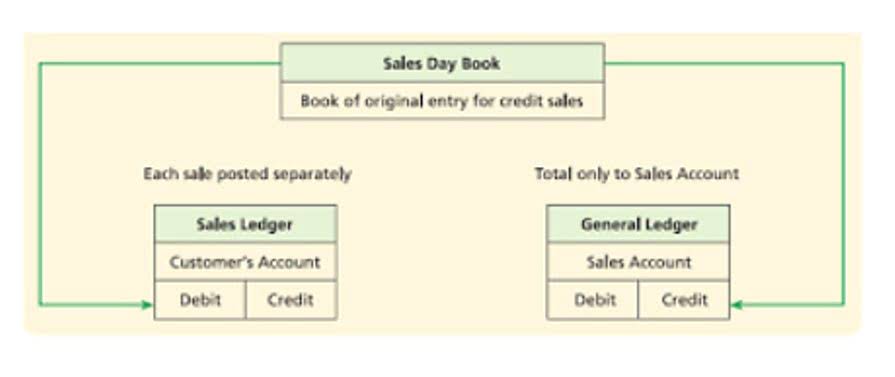What is Product Cost & How to Calculate it? With Examples Glossary

A lower cost of production can lead to a higher gross profit margin, assuming the sales price remains constant. Overall, product costs cover all expenses incurred in producing a product. It does not cover any other items which do not contribute to those products. For most companies, these costs are crucial in understanding the expenses incurred in the manufacturing process. Once companies derive these, they can use pricing tools to set the amount charged from customers. In addition to categorizing costs as manufacturing and nonmanufacturing, they can also be categorized as either product costs or period costs.
Product costing examples
When you add together both product costs consist of the variable costs and fixed costs they’re going to equal the total cost. Essentially, this is the total cost incurred for production including any changes to production volume. Types of expenses like rent, business equipment, and monthly salaries are good examples of fixed costs. Understanding how these costs can affect your bottom line is critical for business success. We put together this guide to break down everything that you need to know.

How to Fix Reconciliation Discrepancies in QuickBooks Online? QuickBooks Online Essentials
Overcosting means a company will spend too much money on the product they’re making, which can result in an increase in price and a decrease in quality. Undercosting means spending too little on a product, which can cause the price to go up or the profit margin to decrease. Understanding product cost is essential for determining the profit margin of a product. The profit margin is the amount of money a company earns after it covers its costs. If the product cost is high, the profit margin will be low, and vice versa. A company can use various methods to trace employee wages to specific jobs.
Step #1 – Direct material purchase budget

Managers use the information in the manufacturing overhead account to estimate the overhead for the next fiscal period. This estimated overhead needs to be as close to the actual value as possible, so that the allocation of costs to individual products can be accurate and the sales price can be properly determined. Indirect material costs are derived from the goods not directly traced to the finished product, like the sign adhesive in the Dinosaur Vinyl example. Tracking the exact amount of adhesive used would be difficult, time consuming, and expensive, so it makes more sense to classify this cost as an indirect material.

Product Costs and Business Decisions
For example, a furniture factory classifies the cost of glue, stain, and nails as indirect materials. Nails are often used in furniture production; however, one chair may need 15 nails, whereas another may need 18 nails. At a cost of less than one cent per nail, it is not worth keeping track of each nail per product. It is much more practical to track how many pounds of nails were used for the period and allocate this cost (along with other costs) to the overhead costs of the finished products. Usually, these costs include direct materials, direct labor, and production overheads.
- Direct labor is the total cost of wages, payroll taxes, payroll benefits, and similar expenses for the individuals who work directly on manufacturing a particular product.
- Following these tips can avoid overcosting and undercosting in your own business.
- Accountants treat all selling and administrative expenses as period costs for external financial reporting.
- LogRocket simplifies workflows by allowing Engineering, Product, UX, and Design teams to work from the same data as you, eliminating any confusion about what needs to be done.
Do your customer research correctly
- Nevertheless, every company should at least know their product cost as a bare minimum, as this knowledge alone can be used to make effective pricing decisions.
- Overcosting and undercosting are two types of cost-accounting mistakes that can be made during the production of a product.
- Primarily, cost accounting covers the expenses incurred on developing or manufacturing a product.
- Usually, it consists of direct material, direct labour, factory overheads, and consumable supplies.
- While personal finance can be daunting, the stakes are even higher when it comes to running a successful business.
Data like the cost of production per unit or the cost to produce one batch of product can help a business set an appropriate sales price for the finished item. In general, overhead refers to all costs of making the product or providing the service except those classified as direct materials or direct labor. Manufacturing overhead costs are manufacturing costs that must be incurred but that cannot or will not be traced directly to specific units https://www.facebook.com/BooksTimeInc/ produced. In addition to indirect materials and indirect labor, manufacturing overhead includes depreciation and maintenance on machines and factory utility costs.
Manufacturing Overhead Cost

The materials are sent to the production department as it is needed for production of the products. Selling expenses are costs incurred to obtain customer orders and get the finished product in the customers’ possession. Advertising, market https://www.bookstime.com/articles/reorder-point research, sales salaries and commissions, and delivery and storage of finished goods are selling costs. The costs of delivery and storage of finished goods are selling costs because they are incurred after production has been completed.
- By understanding their cost structure, businesses can better identify opportunities for improvement and make informed decisions about how to price products in the marketplace.
- You may be better off charging a fair price that covers your costs and allows you to make a profit rather than risk a loss.
- That said, there are typically five primary types of costs to know and understand.
- With this approach, you set your prices based on the perceived value of your products or services.
- Indirect labor might consist of supervisors, maintenance personnel, and office staff.
The company also used consumable supplies of $10,000 during the process. Usually, it includes skilled staff who complement the production process. On top of that, direct labor is the only component of product costs for service-based firms. Consequently, companies can use various tools to achieve these benefits.
Get visibility over your sales and stock
Manufacturing overhead includes all the costs related to the production process that are not direct materials or direct labor. These costs are incurred in the manufacturing facility and are necessary for production but cannot be directly linked to specific units. Examples include factory rent, utilities, security guards, and cleaning supplies. Overhead also includes indirect costs such as consumable supplies used in the factory, like cleaning supplies and factory maintenance costs. Since product costs include manufacturing overhead that is required by both GAAP and IFRS, product costs should appear on financial statements.

